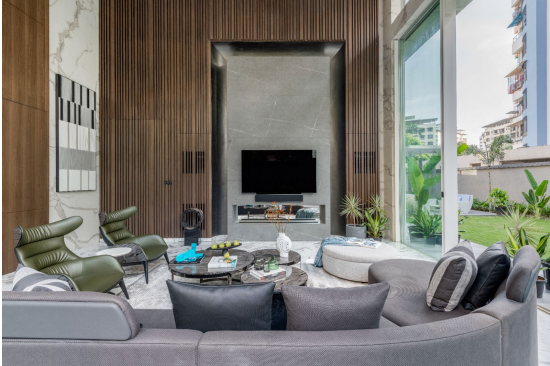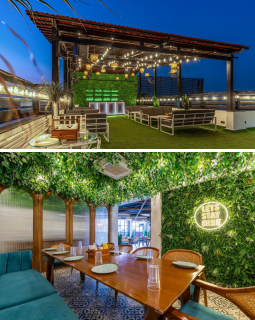Emerging Trends in Interior Design: Embracing Biophilic Elements
In the evolving landscape of interior design, future trends are set to prioritize the seamless integration of nature and biophilic elements into indoor spaces. The objective is to craft environments within spaces that establish a profound connection with nature, ultimately enhancing well-being and productivity. Notable components of biophilic designs encompass features such as green walls and organic textures.

Understanding the Biophilic Design Concept: Biophilic design represents an architectural approach aimed at fostering a closer connection between building occupants and the natural world. Structures designed with biophilia in mind incorporate elements like natural lighting, ventilation, and landscape features, creating a more conducive and health-promoting built environment. The Role of Natural Light in Biophilic Design: Maximizing natural light is not only beneficial for people but also for energy conservation. Biophilic interventions take this a step further by incorporating natural lighting techniques that range from diffusion to temporal changes. Implementing a lighting system that adjusts throughout the day, either naturally or artificially, to mirror the circadian rhythm helps anchor individuals to the outdoor environment, aligning with our natural 24-hour cycle. This synchronization not only maximizes visual comfort but also contributes to an overall sense of well-being.

Biophilic interventions take this a step further by incorporating natural lighting techniques that range from diffusion to temporal changes.

